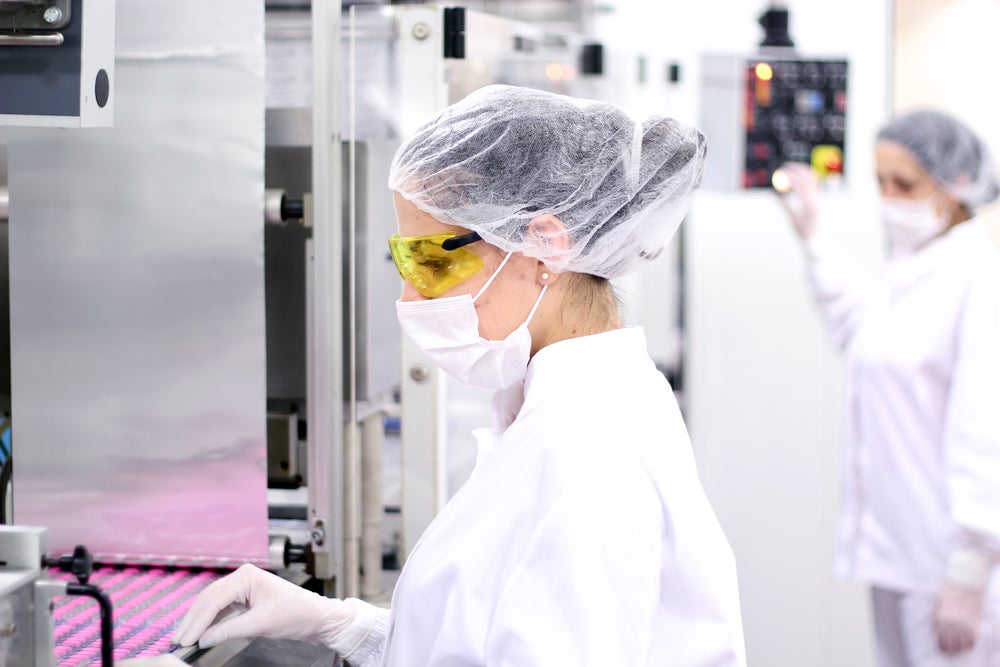
The production of all medicines, from complex therapies to common pharmaceuticals like painkillers and antibiotics, relies on secure access to active pharmaceutical ingredients (APIs) – but the US’s supply chain, like those of many countries, is precarious.
A recent study by the Center for Analytics and Business Insights (CABI) at Washington University’s Olin Business School has revealed that over 80% of APIs for essential medicines across key therapeutic areas have no US manufacturing source. Less than 5% of large-scale API sites are found in the US; the nation relies heavily on countries like India and China, home to the majority of large-scale manufacturing sites worldwide.
Why is US manufacturing so limited?
Anthony Sardella, adjunct lecturer at Olin and senior research advisor at CABI, says the US is reliant on outsourcing APIs because “the economics did not lend itself” to manufacturing within the States.
According to the CABI report, the driving forces behind the US’s weakness in API manufacturing include “the ‘race to the bottom’ on pricing against global players, lower input costs, and lesser regulatory burdens”.
“There are also great subsidies that these other countries provide, because they understand that pharmaceutical drugs supply is an important national health and security topic,” Sardella adds. “They subsidise to provide significant government incentives, whereas the United States has not provided those type of industry incentives – so that started the shift from United States manufacturing to other areas.
“As that grew, prices were further driven down,” he says. “And as a result, the economics no longer worked for the US manufacturers and therefore they closed facilities or facilities have been mothballed.”
A fragile supply chain
The outbreak of Covid-19, and the subsequent and unprecedented demand for medicines across the US, has highlighted the insecurity of the situation.
“A series of different drugs were in shortage during Covid,” Sardella says. “There were treatments [for patients] on ventilators, there were some drugs that were viewed as potential treatments for Covid that were under investigation; those drugs were in shortage.
“So that highlighted the fact that there’s fragility in our supply chain – we are highly reliant on these other countries for our supply.”
The shortages were due to manufacturing plants in countries like India and China halting operations in response to the pandemic. Sardella says while these measures were “completely appropriate” – especially in India’s case, where the Delta variant has wreaked havoc in the region – the resulting strain “revealed how reliant and vulnerable the US population was to this supply chain, and the low amount of manufacturing that we had in our borders”.
How can the US secure its drug supply?
Increasing the number of API manufacturing sites in the US is no small feat. In Sardella’s view, it wouldn’t be an “economically feasible” move, either – but there are ways to improve US production capability.
“The path to this is to use advanced new manufacturing technologies that have been in research and do exist, one of them being continuous flow manufacturing,” Sardella says. “That type of technology would allow the agile production of these APIs in the US. They would allow for cost-effective production, so that you could produce them at a very reasonable and economically favourable price point.
“These new technologies are much more nimble in that they don’t require the same massive capital investments to get started. As a result, they allow for less early investment and faster time to market.”
While traditional batch manufacturing can take between seven to eight years to set up, implementing new manufacturing technologies with the capacity the US does have could see APIs produced within two to three years. Sardella says essential drugs with little or no US manufacturing source should be prioritised, before moving on to APIs that are less critical, but still vulnerable to an interrupted supply chain.
One area that must be addressed to better secure the US’s supply of APIs, Sardella says, is diversification of the supply chain.
“So, for example, not having so much dependence on one or two countries,” he explains. “It’s not all about moving everything to the United States with new technology, but also diversifying and partnering with other countries that could be producers.
“Having a more balanced, resilient, diversified supply chain is a very important aspect for building resilience for the US supply chain and decreasing our vulnerabilities.”




